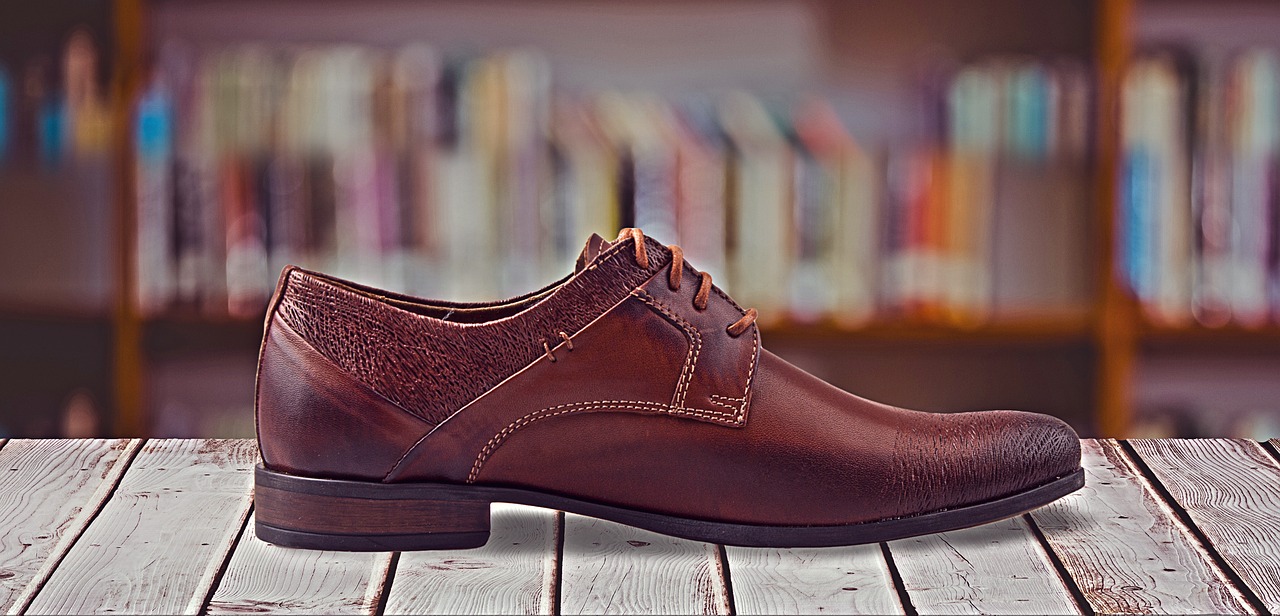The Future of Brick-and-Mortar Retail in the Digital Age
Traditional retailers are grappling with the shift in consumer preferences towards online shopping, posing a significant challenge to their brick-and-mortar stores. This behavioral change is influenced by the convenience of e-commerce, abundance of choices, and the ability to compare prices effortlessly. As a result, many traditional retailers are witnessing a decline in foot traffic and sales in their physical stores, making it imperative for them to find new ways to remain competitive in the ever-evolving retail landscape.
Another challenge faced by traditional retailers is the need to adapt to the fast-paced nature of digital marketing and social media. With the rise of influencer marketing, targeted advertising, and instant communication channels, retailers are finding it difficult to keep up with the rapid changes in consumer engagement strategies. This lack of agility in adopting new digital marketing tactics and platforms puts traditional retailers at a disadvantage compared to their online counterparts, who are able to pivot quickly in response to market trends and consumer behavior.
Adapting to changing consumer behavior
As consumer behavior continues to evolve rapidly in the modern market landscape, traditional retailers are facing an array of challenges in meeting the changing expectations of their customers. With the rise of e-commerce and the convenience it offers, brick-and-mortar stores are under pressure to adapt and stand out in order to stay competitive. This shift in consumer behavior demands that retailers not only understand their customers’ preferences and purchasing habits but also anticipate and innovate to meet their ever-changing needs.
One key aspect of adapting to changing consumer behavior is the customization and personalization of the shopping experience. Consumers today seek unique and tailored interactions with brands, including personalized recommendations, exclusive offers, and a seamless shopping journey across online and offline channels. Retailers must leverage customer data and insights to create personalized experiences that resonate with their target audience, fostering loyalty and driving repeat business.
Utilizing technology to enhance the in-store experience
One of the key ways traditional retailers are enhancing the in-store experience is through the implementation of cutting-edge technology. By integrating tools such as augmented reality and interactive displays, retailers can create an immersive and futuristic shopping experience for customers. These technologies not only attract shoppers but also offer them a more personalized and engaging way to interact with products and brands.
Moreover, retailers are leveraging data analytics to understand customer preferences and behavior better. By tracking customer shopping patterns and analyzing data insights, retailers can tailor their in-store experiences to meet the individual needs and desires of shoppers. This personalized approach not only strengthens customer loyalty but also helps retailers stay ahead of the competition in a rapidly evolving retail landscape.







